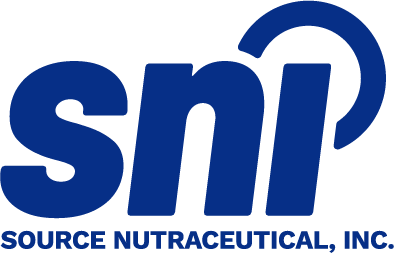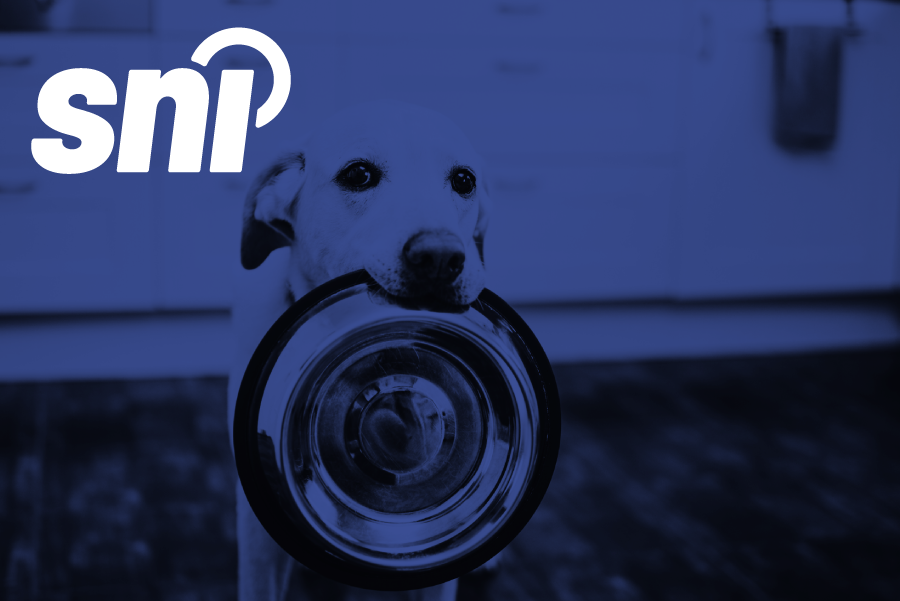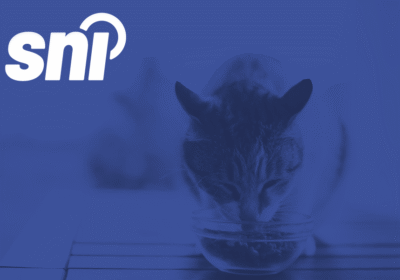Importing pet food into Canada demands rigorous oversight, meticulous documentation, and consistent traceability. Under the jurisdiction of the Canadian Food Inspection Agency (CFIA), finished pet food, treats, and chews destined for the Canadian market must satisfy admissibility criteria based on species, ingredient origin, processing standards, and disease-control safeguards.
These rules reflect Canada’s commitment to protecting both public and animal health, including the prevention of bovine spongiform encephalopathy (BSE) and other foreign animal diseases. While travellers bringing pet food from the United States for an accompanying pet may qualify for a personal-use exemption, commercial importers face a distinct set of regulatory obligations for every shipment.
In this article, we will explore the general requirements for importing pet food into Canada, including permit obligations, documentation standards, CFIA risk assessments, and labelling and traceability expectations that apply to both U.S. and non-U.S. products. Please note that this article is for informational purposes only and is not intended to substitute product specific regulatory guidance. For tailored support and guidance, please email info@sourcenutra.com and our team will be happy to streamline your marke entry.
Import Permit Requirements and Admissibility
Determining Import Permit Requirements
A key first step for any importer is to determine whether an import permit is required under the Health of Animals Regulations. Products that contain animal-origin ingredients, particularly those sourced from outside the United States or that are raw or minimally processed, are generally subject to stricter oversight and may require an import permit prior to entry into Canada.

It is the importer’s responsibility to evaluate the product’s composition and source to determine its risk category and confirm the corresponding import conditions. This assessment should be completed using CFIA’s Automated Import Reference System (AIRS), which identifies whether a permit, health certificate, or other documentation is required for a specific product and origin. Importers may also contact their regional CFIA Import Office for clarification.
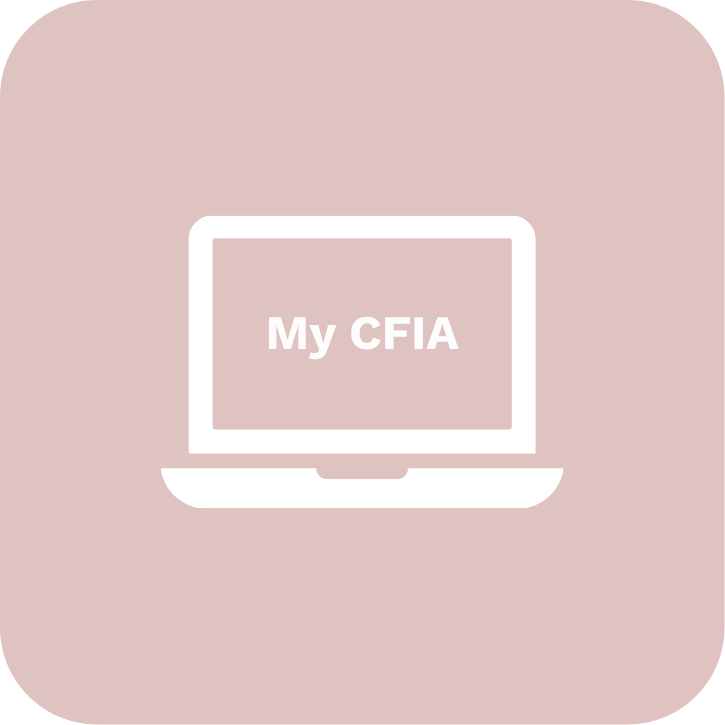
When an import permit is required, the application must be submitted through the My CFIA online portal. The portal allows users to create a service request, upload supporting documents, monitor application status, and pay associated fees electronically. Depending on the product’s classification, CFIA may require additional materials such as Form CFIA/ACIA 5859 or facility documentation identified in the AIRS entry.
Permit processing generally takes up to 30 days. During this period, CFIA may request further information or supporting documentation, such as a completed Annex 1 Facility Questionnaire, when the product includes high-risk animal-origin ingredients or originates from a country requiring enhanced verification.
CFIA Risk Assessment and Importer Responsibilities
Manufacturer and Importer Obligations
CFIA applies a risk-based approach to regulating pet food imports rather than assessing every product prior to entry. As stated earlier, it is the responsibility of the manufacturer or importer to determine whether their product meets all applicable Canadian import conditions and to identify any factors that classify it as high risk under the Health of Animals Regulations.
Manufacturers must review CFIA’s AIRS database and take all necessary steps before shipment to ensure that product-specific import requirements are satisfied. This includes verifying ingredient sources, confirming country eligibility, and maintaining proper documentation for all animal-origin inputs.
When CFIA Conducts Reviews or Inspections
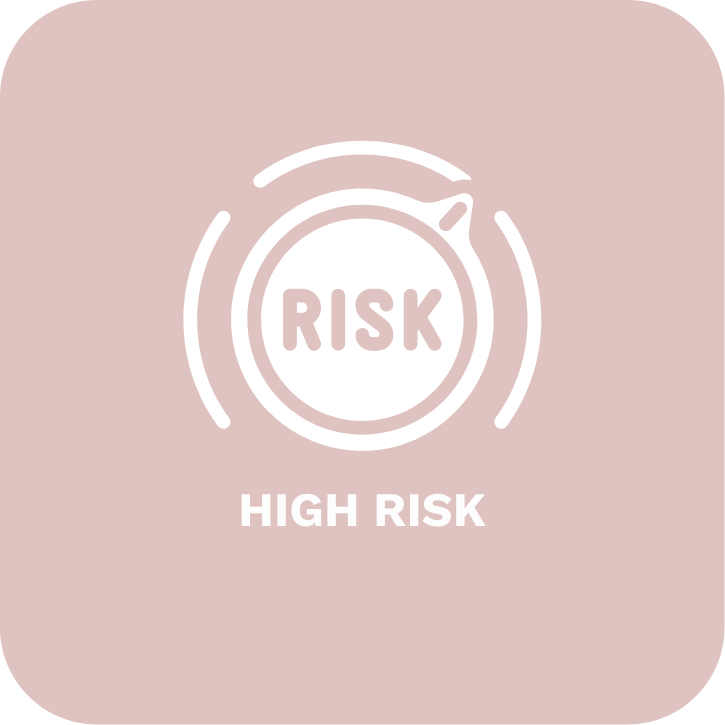
CFIA becomes directly involved only when a product or facility falls within a higher-risk category that warrants additional oversight. In such cases, the Agency may request a detailed review of the producing establishment, including documentation related to sanitation controls, preventive measures, and production processes. While CFIA may perform an on-site inspection for certain high-risk facilities, it more commonly conducts a desk-based evaluation or relies on inspection reports issued by the competent authority of the exporting country.
Low-Risk Products
For low-risk commodities for which the AIRS does not specify the need for an import permit or other supporting documentation, CFIA typically does not perform a pre-import review. These commodities have already been assessed at the commodity classification level through AIRS. However, importers must still ensure full compliance with all applicable Canadian requirements, including licensing under the Safe Food for Canadians Regulations (SFCR), labelling, traceability, and record-keeping obligations.

For each lot of pet food imported, importers must maintain detailed records that enable one-step back traceability to the supplier and one-step forward traceability to the recipient. These records must include, at a minimum: the product name, lot code or other unique identifier, quantity imported, date of import or receipt, and the supplier’s name and address. If applicable, the records should also identify the person or business to whom the product was distributed, with their name and address. Supporting documentation, such as certificates of origin, ingredient lists, and details of product formulation or treatment (for example, heat processing or sterilization), should be retained when relevant.
These records must be accessible in Canada and kept on file for at least two years after the product has been provided to another person or sold, as required under the Health of Animals Regulations and the traceability requirements of the CFIA for imported animal-products. Maintaining comprehensive documentation and a clear understanding of the required information is essential for demonstrating regulatory compliance, supporting disease-control measures, and responding effectively to any CFIA trace-back or recall investigation.
Completing the Annex 1 Facility Questionnaire
Purpose of the Annex 1 Form
For each commercial shipment of pet food, including treats and compound chews for pets, zoo animals, or laboratory animals entering Canada, the exporting facility must complete CFIA’s Annex 1 Facility Questionnaire when required. This form is generally presented to CFIA before an import permit is issued and forms part of the facility’s risk-assessment process.
The questionnaire captures key operational details, including process flow, ingredient composition, segregation of animal-origin materials, and heat-treatment procedures.
2024 Revisions and Documentation Standards

The revised Annex 1, implemented in June 2024, introduced stricter requirements such as official veterinarian stamps on each page, distinct ingredient listings for products exported to Canada, and formal attestations confirming effective segregation and sanitation practices. Once completed and endorsed by the competent veterinary authority of the exporting country, the Annex 1 form is submitted to CFIA as part of the import-permit application package.
When Annex 1 Is Required
The Annex 1 Facility Questionnaire is not mandatory for every shipment. It is required only when CFIA determines that a facility or product must undergo additional evaluation due to the presence of animal-origin ingredients or heightened risk factors. It is most often requested for products containing meat, poultry, fish, dairy, or other animal-derived materials, particularly those sourced from outside the United States or from establishments that have not yet been assessed by CFIA.
Importers can confirm whether the questionnaire applies by consulting AIRS, reviewing permit conditions, or contacting the CFIA Animal Products Import Office.
Conditions Following Permit Approval

Once an import permit has been obtained, importers must ensure that all conditions outlined in both the permit and AIRS entry are met. This includes confirming that the product’s ingredients, origin, manufacturing facility, and packaging correspond precisely with what was approved.
Each shipment must include a complete documentation package containing a valid import permit, commercial invoice, compliant bilingual product labels, and any required export or veterinary certificates from the country of origin. In some cases, CFIA may require advance notification of shipment arrival as outlined in the permit or AIRS entry.
When Import Permits Are Not Required
For products that do not require a CFIA import permit, site-specific documentation such as the Annex 1 Facility Questionnaire is generally not required. Importers must still confirm import conditions through AIRS and comply with all documentation and labelling obligations outlined in the regulations and guidance documents. This includes maintaining commercial and customs documents, bilingual labels, and, when applicable, certificates of origin or phytosanitary statements.
Even though CFIA may not review the facility directly, importers are expected to maintain complete records demonstrating compliance and traceability, which must be available upon request.
Shipment Documentation and Country-Specific Import Flexibilities

Each import consignment entering Canada must be accompanied by a complete documentation package supporting admissibility and compliance verification. Required documents typically include a commercial invoice with the Harmonized System (HS) code, net weight in kilograms, lot identifiers, and Canadian dollar value; a bill of lading or air waybill; a packing list; and bilingual labels that meet the Consumer Packaging and Labelling Act and the Competition Act.
Imports Originating from Countries Other Than the United States
Pet food, treats, and compound chews imported from countries other than the United States are subject to CFIA’s risk-based import controls, which vary depending on product composition, processing level, and country of origin. CFIA may require an Importer’s Statement of Compliance (ISC) when explicitly identified in AIRS or in the conditions of a CFIA permit. The ISC confirms that the product meets all applicable Canadian import requirements.
Unlike U.S.-origin products, there is no exemption that allows imports from other countries to bypass this requirement when it is listed in AIRS or in a permit condition.
Imports Originating from the United States

Effective January 21, 2025, CFIA introduced simplified documentation requirements for U.S.-origin pet food. Under this streamlined process, U.S. shipments no longer require an Importer’s Statement of Compliance. Instead, each shipment must include a shipping document listing key product details, such as product names, quantities, and lot codes, and referencing the United States Department of Agriculture (USDA) export certificate number.
This change reflects the long-standing regulatory equivalence between CFIA and USDA inspection systems and acknowledges the lower animal-health risk associated with U.S. manufacturing facilities. By recognizing comparable oversight systems, CFIA enables more efficient trade between the two countries while maintaining compliance with Canadian labelling, packaging, and safety standards.
Ingredient Standards, Labelling Requirements, and Traceability
Animal-Origin Controls
Canada maintains strict standards for the safety and traceability of pet food ingredients, particularly those of animal origin. Under the Health of Animals Regulations, materials such as specified risk materials (SRMs) from ruminants are prohibited. Any animal-derived inputs are subject to segregation, validated heat-treatment records, and documented preventive control procedures. Exporting facilities must demonstrate effective sanitation and segregation to prevent cross-contamination and must maintain full traceability of all animal-origin ingredients from sourcing to shipment.
Labelling Obligations
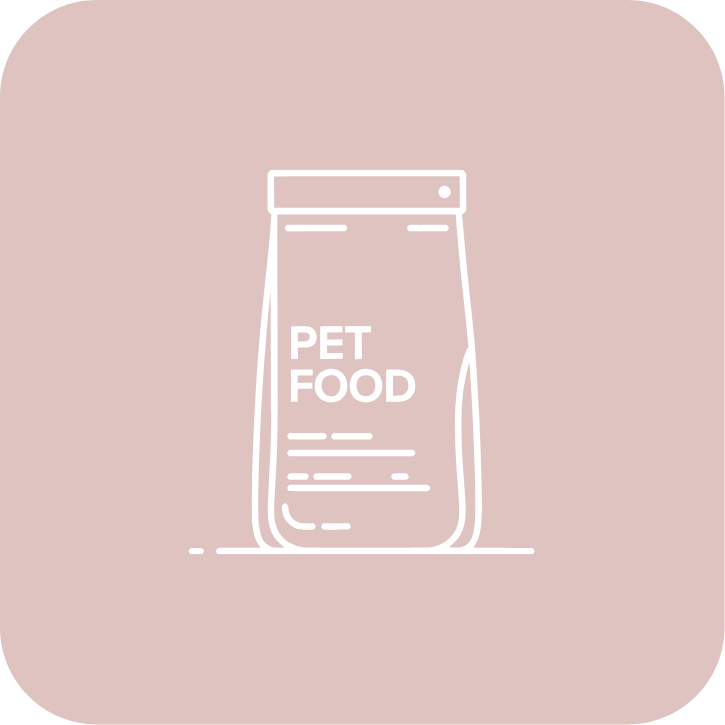
Imported pet food sold in Canada must meet detailed labelling requirements. Labels must identify the intended species (dog or cat), include feeding directions, a full ingredient list in descending order of pre-cooked weight, net quantity in metric units, and the dealer or manufacturer’s principal place of business. All required information must appear in both English and French.
While Canada does not have specific national nutrient-profile standards, most importers include a guaranteed analysis and life-stage information as part of industry best practices. Any claim such as “complete and balanced” must be supported by evidence of nutritional adequacy, typically through AAFCO nutrient profiles or validated feeding trials.
Traceability Documentation
Importers must maintain supplier authorizations, country-of-origin documentation, lot-specific certificates of analysis (CoAs), process flow charts, and distribution records. These records support recall readiness and enable CFIA to verify compliance during inspection or post-market audits.
Personal Use Versus Commercial Imports

Travellers entering Canada with a pet from the United States may qualify for a personal-use exemption. The pet food must be commercially packaged, declared at the border, and intended solely for the accompanying animal. The quantity is typically limited to 20 kilograms per animal, and the product must remain in its original packaging.
Commercial imports, by contrast, are not eligible for quantity exemptions and must meet all applicable CFIA requirements. Every shipment is subject to review under the Health of Animals Regulations and may require permits, documentation, or label verification. Additional scrutiny may apply to products with novel ingredients or veterinary-health claims.
Cost Considerations, Inspections, and Border Risks
Compliance with Canada’s pet food import requirements directly affects landed cost, import timing, and business operations. Importers should account for customs duties, GST, HST, or PST, translation fees, laboratory testing costs, and potential storage or inspection delays. Preferential duty rates may apply to U.S. goods under the Canada–United States–Mexico Agreement (CUSMA) when accompanied by a valid certificate of origin.
Incomplete or inaccurate documentation can result in shipment holds, secondary inspections, demurrage, or spoilage of perishable products. Using CFIA’s AIRS before booking freight is critical to confirming admissibility and identifying required documents.
Common Compliance Pitfalls and Best Practices
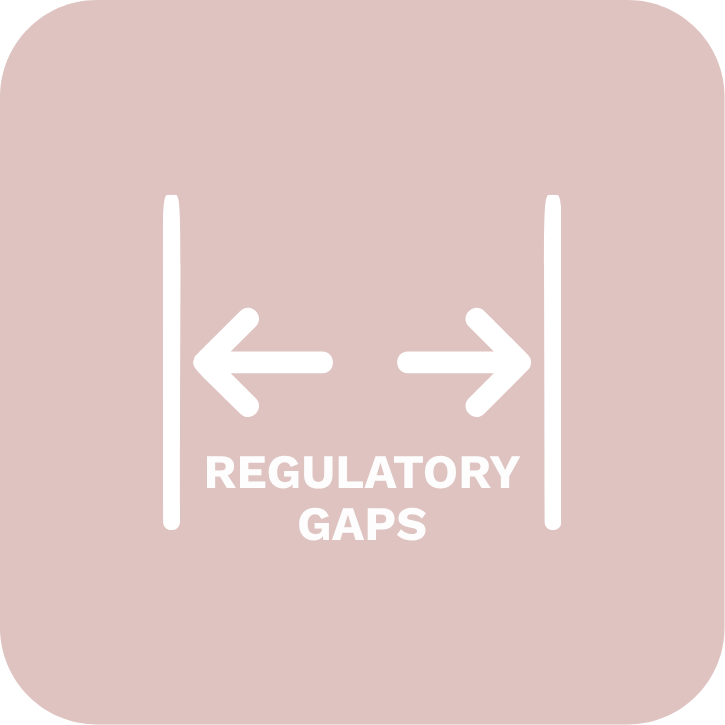
Frequent compliance issues include incorrect HS codes, incomplete French labelling, unverified supplier certificates, inconsistent ingredient lists, missing segregation records for animal-origin materials, and reliance on outdated AIRS data. To avoid these problems, importers should integrate regulatory checks into procurement workflows, confirm import conditions early, and verify that labels comply with both federal and provincial language laws, including Quebec’s Charter of the French Language.
Working proactively with customs brokers and regulatory advisers helps minimize costly delays and ensures smoother market entry.
Consequences of Non-Compliance
Non-compliance with Canadian pet food import regulations can lead to enforcement actions under the Safe Food for Canadians Act, the Health of Animals Act, and related laws. Penalties may include detention or destruction of goods, administrative monetary fines, licence suspension, mandatory recalls, or prosecution. Beyond financial penalties, importers risk loss of registration, delisting by retailers, and damage to brand credibility, which can jeopardize long-term market access.
Final Remarks
Importing pet food into Canada requires a proactive and structured compliance strategy. Each shipment should be supported by verified documentation, compliant bilingual labels, and complete traceability from sourcing to sale. Engaging experienced customs brokers, regulatory consultants, and inspection specialists early in the process helps align operations with CFIA expectations.
Embedding compliance into procurement, logistics, and quality systems minimizes delays and strengthens both retailer and consumer confidence. By maintaining accurate records, up-to-date AIRS verification, and clear bilingual communication, importers ensure that pet food entering Canada is safe, compliant, and positioned for long-term success in the Canadian market.

Partner with SNI for Expert Pet Food Labelling Compliance
At SNI, our regulatory specialists help you navigate every detail of Canadian pet food labelling and compliance. Whether you need support with ingredient assessments, formula reformulation, or cross-border packaging alignment, our team provides the expertise and precision your products deserve.
Reach out today to learn how SNI can help your pet food brand stay compliant, competitive, and confidently market ready.
🥐 More about our services here.
💡 Compliance is easy with the right support!
📩 info@sourcenutra.com
⬇️ Send us a request for support or an introductory call
FAQ
Do I need a permit or special documentation to import pet food into Canada?
Pet food that contains animal ingredients or by-products is regulated to protect animal health. Importers must determine whether a permit or supporting documentation is required before shipping to Canada. This depends on the product’s composition, country of origin, and level of processing, which can be verified using the Automated Import Reference System (AIRS).
What records must I keep for imported pet food, and how long must they be retained?
Importers are required to maintain detailed records that allow each lot of pet food to be traced one step back to the supplier and one step forward to the recipient. These records must include the product name, lot code, quantity, import date, supplier information, and recipient details if distributed. Additional requirements, as outlined under the import permit or AIRS, might apply. They must be kept in Canada for at least two years after the product is sold or provided to another party.
What documentation is required for shipments from the United States?
For shipments originating from the United States, the process has recently been simplified. The Importer’s Statement of Compliance is no longer required; instead, each shipment must be accompanied by a standard shipping document such as an invoice or bill of lading that provides sufficient product and origin details.
What constitutes a “lot,” and what level of documentation is expected?
A “lot” generally refers to a distinct quantity of product manufactured or shipped under uniform conditions. Each lot must have a unique identifier or lot code. Importers should maintain supporting documentation such as formulation details, ingredient lists, or processing information (especially for products containing animal ingredients or treated through heat or sterilization).
What happens if I fail to maintain or provide the required records?
If proper records are not maintained or cannot be provided when requested, CFIA may refuse, detain, or destroy the shipment. Poor documentation can also delay customs clearance and increase the likelihood of inspection or enforcement actions. Keeping organized, accessible records is essential to demonstrating compliance and ensuring traceability in the event of a recall or animal health investigation.
✷ The content on this website, including information presented in this post, is provided for general informational purposes only and does not constitute legal, regulatory, or professional advice. While efforts are made to ensure accuracy, laws and regulations vary by jurisdiction and may change over time. Readers should not rely on this information as a substitute for advice from qualified legal or regulatory professionals. We disclaim any liability for actions taken based on this content, and users are encouraged to seek guidance specific to their circumstances.
